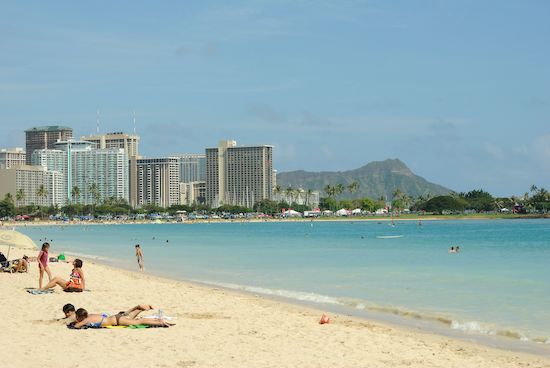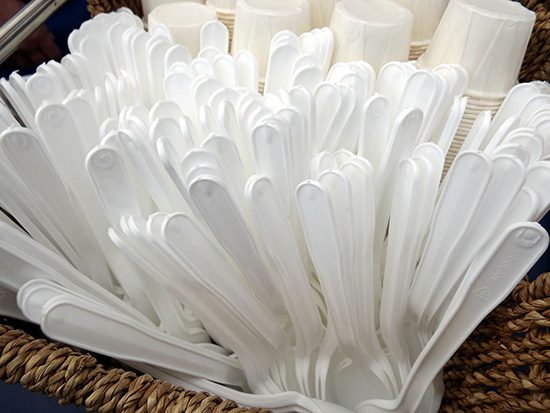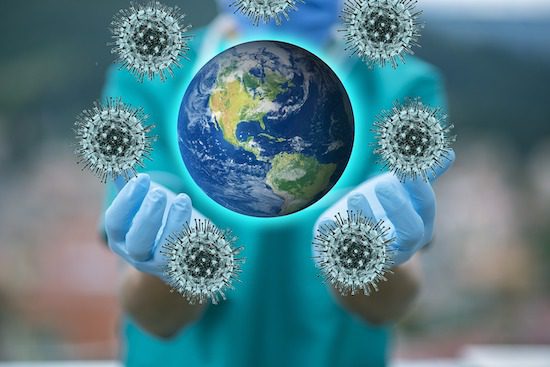
level rise due to climate change. – Daniel Ramires via Wikimedia Commons
by Emily Shon
Special to Ka ‘Ohana
As an individual who was born and raised on O‘ahu, I have witnessed the immense beauty of our world-renowned beaches. In our local community, many of us have deep connections to these places that have carried on for generations. The sad reality is that these deep connections are potentially being washed away, quite literally.
As reported by CBS News, as much as 40 percent of Hawai‘i’s beaches could be lost to sea level rise by 2050. This is extremely concerning for the people of Hawai‘i. Our beaches may not be accessible for future generations due to impacts mostly attributed to human irresponsibility.
While 2050 may seem irrelevant to many, for me, it is something that I look towards to create environmental and societal change focusing on the fate of our beaches.
I spoke with Dr. Jonathan Sleeper, a geologist and earth science and oceanography lecturer at the University of Hawai‘i, who said that “it’s too late to ‘reverse’ climate change and prevent any negative impacts, but we can still do something to reduce the damage and loss of life.”
He also agreed that the most sizable concern for our island chain is sea level rise, which is closely associated with loss of beaches and coastal flooding.
With this in mind, it is our responsibility to help preserve our beaches. Although we may not be able to reverse the changes that have already occurred, we still have a chance to take preventative measures.
Dr. Sleeper said we may be able to make changes that could benefit our beaches such as “making some very painful and expensive decisions to remove coastal structures, including hotels, private homes and roads that will be threatened by sea level rise.”
He also recommends we stay steadfast in the education of ourselves and others about our ever-changing environment.
“The first step to solving a problem is being aware that it exists and knowing what causes it,” he said.
Educating ourselves and others is as easy as doing our own research, committing to community outreach and making conscious effort to reduce our carbon footprint. These efforts include supporting local farmers and goods, recycling, cleaning our beaches and reducing our usage of single-use plastics.
Making these small adjustments to our lives can inspire others to take these steps too. There are also countless opportunities to take part in volunteer work with organizations that are committed to the preservation of our land. These organizations include Kupu, the Sierra Club, and Sustainable Coastlines Hawai‘i.
Putting words and information into action is the most notable takeaway today. Our land is one of the most important aspects of our tiny island chain. We must promise our future generations a chance at experiencing its beauty from mauka to makai.





